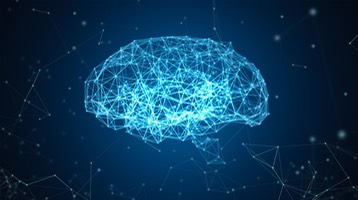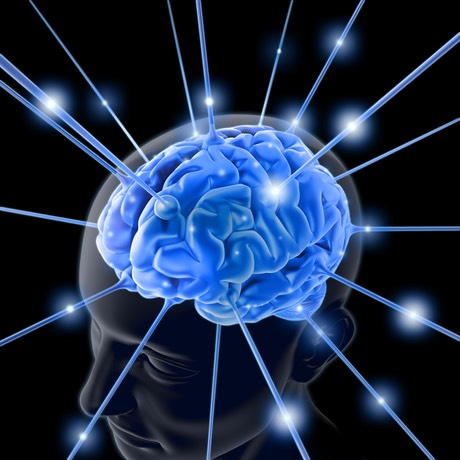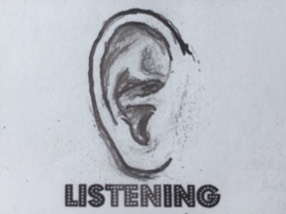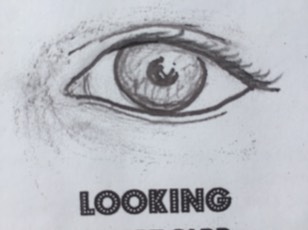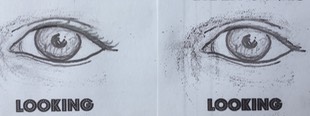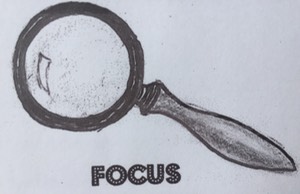Everyone has some sort of brain deficit. Wait, what was I talking about? Oh yeah... And we can all gain by boosting certain parts of our brains.
According to LD online,* "A staggering 5 to 15 percent of Americans—14.5 to 43.5 million children and adults—have dyslexia…” And there are many more who have other learning problems. But as John Lennon (himself a dyslexic) said, “There are no problems, only solutions.” These pages are dovoted to solutions.
Brain-boosting
Dyslexia is misconstrued as a condition where people see everything backwards, but really it is just an umbrella term to include all reading disorders. It is important to note that, like Lennon and Picasso, many dyslexics are brilliant people. One reason for this is included on our Eye Movements page.
Barbara Arrowsmith-Young of the Arrowsmith School** in Toronto discovered that learning dysfunctions can be cured by isolating them and exercising them one at a time. I call this the 'flat tire effect’: You might have a perfectly fine vehicle, but if it has a flat tire, you have to travel very slowly. It doesn’t help if you drive it more! But if you stop and fix the tire, you can proceed normally. Similarly, if the brain has a weak spot, it can disrupt an entire skill network. But weak spots can be repaired. Ms. Arrowsmith-Young “repaired" her brain at the age of 25, just through brain exercises that she created herself!
I’ve divided these learning solutions into four major categories below. I’ve also designed some “Smart Card” reward cards that actually get students thinking about their thinking. They can be used to improve motivation, or be incorporated into a larger game. More info on the Smart Card page.
Links to Solution Pages:
Click on the image to go to that page:
Auditory Skills- slow auditory processing can effect language development.
Visual Skills- Symbol processing and spatial organization are essential to .
Eye Movement- This neuroscientist claims that 3 out of 4 dyslexics have a condition that causes this problem.
Focus and Attention- Separate page coming soon! Focus/Attention are woven into almost all of the activities on this page, so if you’re using Smart Cards, you can give Focus cards as you see fit. We'll be posting a page dedicated more specifically to this skill in the near future. Stay tuned!
Additional Resources:
Here are more listening lists, hidden from student view. (They do get bigger.) Instructions are also on the Listening Skills page.
Letter List- Start with circling any 3 letters in any direction. (Circling keeps track of which ones have been done for each student.) Have student repeat the letters as given, then in reverse order. If 3 is too many go to 2. If mastered, instead of going to 4 random letters, do 4 letter words. They’ll be easier to remember, and they’ll get some spelling practice.
Object Lists- Same idea, start with the list of 3, but some students will have to go back to 2. Then move on to lists of 4, then add your own. You can also ask questions like, “What was the second thing I said?”
